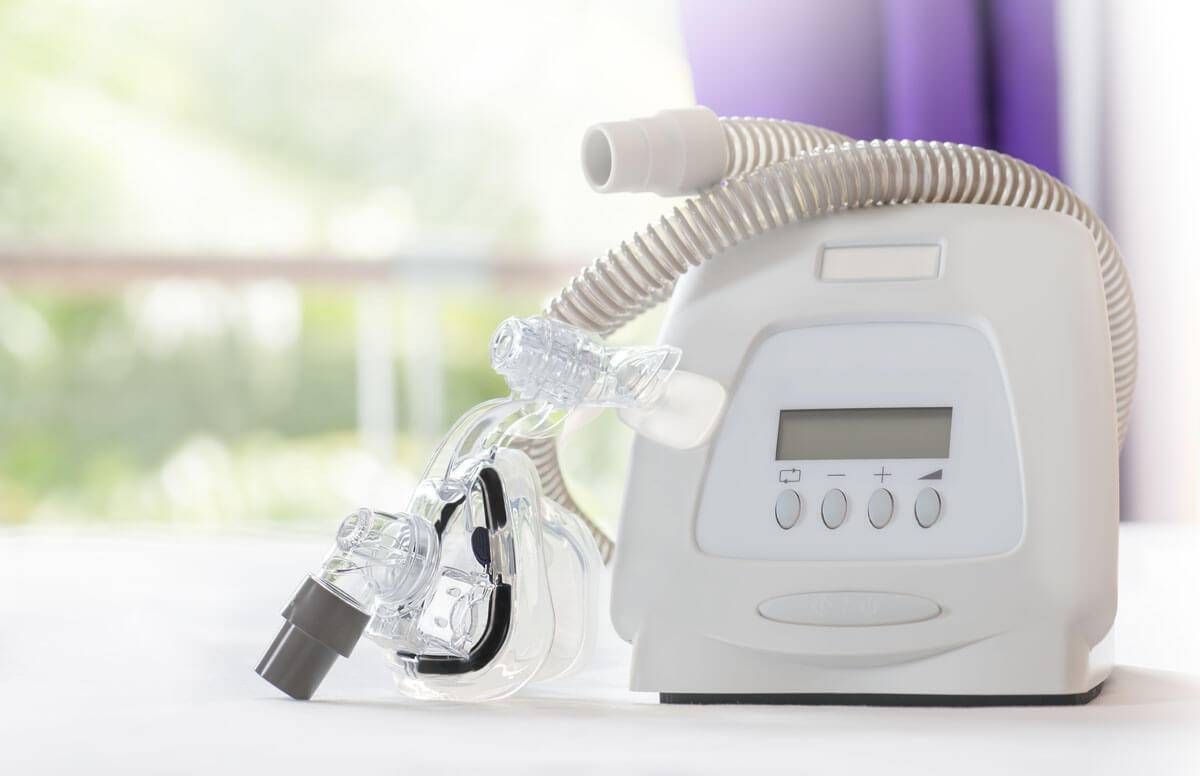
Welcome to the ultimate guide on using a sleep apnea machine. If you or a loved one suffers from sleep apnea, using a sleep apnea machine can be a game-changer in getting a restful night’s sleep. Sleep apnea is a common sleep disorder characterized by pauses in breathing during sleep, leading to disrupted sleep patterns and potential health risks. A sleep apnea machine, also known as a CPAP machine, is designed to help keep your airways open while you sleep, allowing for uninterrupted breathing and a more restorative sleep experience.
Choosing the Right Sleep Apnea Machine
When selecting a sleep apnea machine, it’s crucial to consider your individual needs and preferences. The first step is to consult with a healthcare provider or sleep specialist to determine the type of machine that best suits your condition. They will help assess factors such as the severity of your sleep apnea, your breathing patterns, and any other underlying health issues that may impact your treatment.
There are different types of sleep apnea machines available on the market, with Continuous Positive Airway Pressure (CPAP) machines being the most common. Depending on your prescribed pressure setting and comfort level, you may opt for a CPAP machine with various features such as heated humidifiers, adjustable ramp times, or data tracking capabilities. Additionally, BiPAP machines, which provide both inhalation and exhalation pressure relief, are suitable for individuals who find CPAP therapy uncomfortable.
It’s essential to test the different machine options if possible before making a purchase. Some suppliers offer trial periods or rental options to ensure the chosen sleep apnea machine is the right fit for your needs. Remember, comfort plays a significant role in adherence to therapy, so finding a machine that fits comfortably and meets your therapy requirements is key to improving your sleep quality and overall health.
Using Your Sleep Apnea Machine Properly
When it comes to using your sleep apnea machine properly, one key aspect is ensuring that you wear the mask comfortably throughout the night. It’s important to adjust the straps so that the mask fits securely but not too tight, as this can cause discomfort and air leaks.
Another crucial point to keep in mind is maintaining proper hygiene with your sleep apnea machine. Regularly cleaning the mask, tubing, and humidifier chamber can help prevent the buildup of bacteria and mold, ensuring optimal performance and reducing the risk of respiratory issues.
Consistency is key when using a sleep apnea machine. It’s essential to use the machine every night, as recommended by your healthcare provider. 睡眠呼吸機 This will not only help you experience the full benefits of the machine but also allow you to establish a routine that supports better sleep quality.
Maintenance and Care Tips
To ensure your sleep apnea machine functions optimally, regular cleaning is essential. Use mild soap and water to clean the mask, tubing, and water chamber. Remember to let them air dry completely before reassembling.
Check the machine’s filter often and replace it as needed to maintain proper airflow and keep the air quality pure. Tightly secure all connections to prevent air leaks and ensure a comfortable night’s sleep.
Store your sleep apnea machine in a cool, dry place away from direct sunlight. Avoid using harsh chemicals or abrasive materials during cleaning to prevent damage. Regular maintenance will prolong the life of your machine and help you sleep soundly.